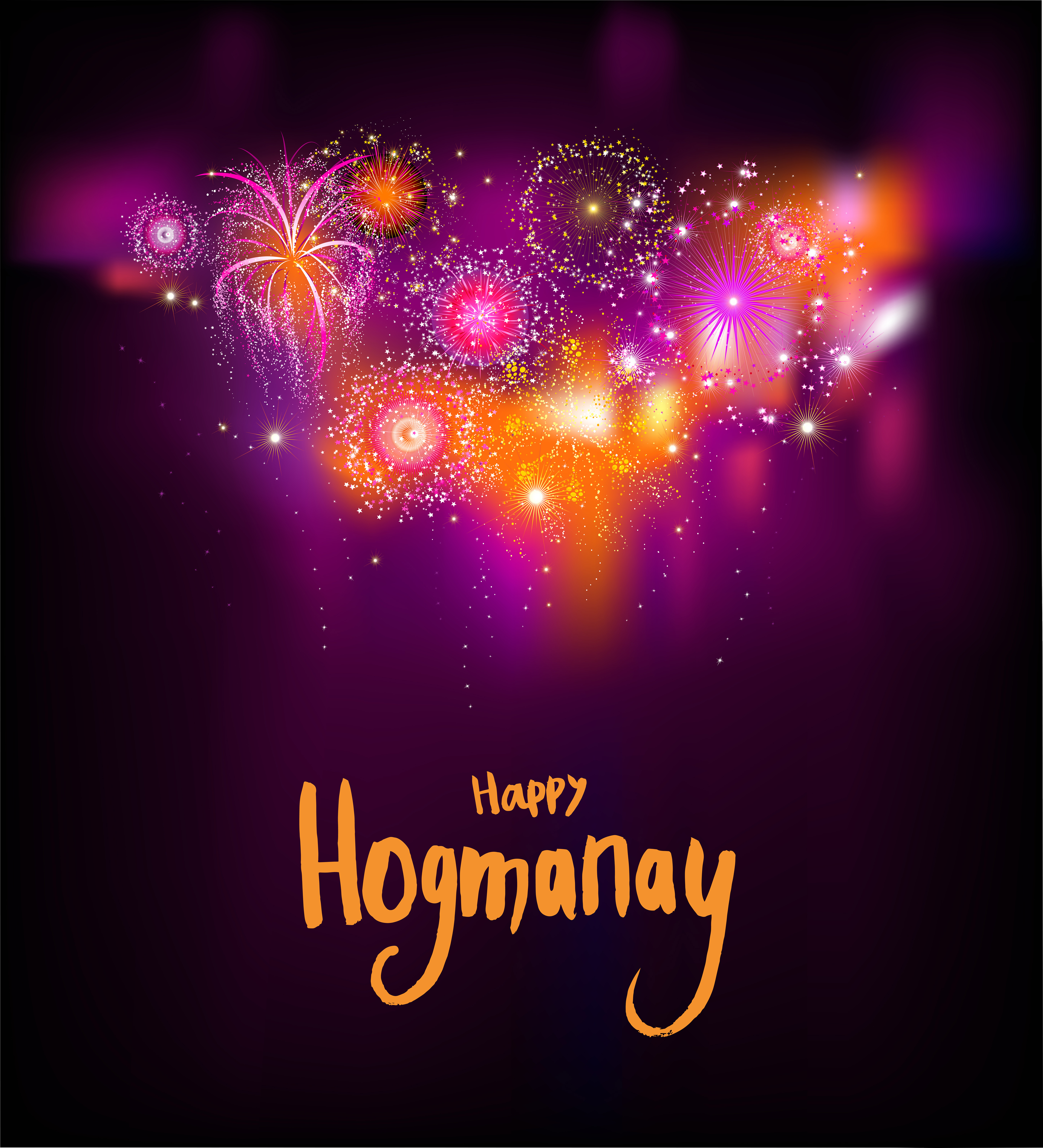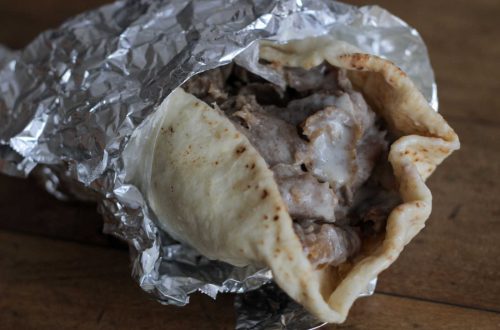
Hogmanay: Celebrating the New Year with the Scots
For centuries, various cultures all over the world have celebrated New Year — the winter solstice, the time of year when the days (and the light) begin to return. Especially for agrarian cultures, it was a time for rejoicing. The Romans had Saturnalia, the Japanese have Shōgatsu, and other cultures have celebrations – not necessarily on the solstice, but all meant to ensure good luck for the coming year.
I have to give the Scots credit for their idiosyncratic New Year celebration: Hogmanay. Its origins are obscure. It could be French, Norse, or Gaelic. The French connection comes from a 16th-century Middle French term for a New Year’s gift or a child’s cry for such a gift. The Norse suggestion is that elves, the hill-men or hoghmen, banish the trolls into the sea or a lae, all part of the Norse celebration of the winter solstice. Similarly, Gaelic terms all relate it to the coming of the New Year.
In Scotland, the customs vary, but the main tradition involves something called first-footing. That’s when, immediately after midnight on New Year’s, the goal is to become the first person to cross the threshold of a friend’s or neighbor’s home and offer coal or salt – or shortbread or whisky. Tall, dark-haired men are preferred as the first-foot. Celebrations also include fires or fireworks – symbolizing the resurgent sun coming back to warm the earth (and ward off evil spirits). More recently, the tradition has included the midnight singing of Robert Burns’ poem Auld Lang Syne.
What does this have to do with food? Well, if you’re waiting for a tall, dark stranger to enter your door, you might want some food to warm him and make him comfortable. That would not be haggis (that relic enjoyed more by tourists than by Scots these days). However, smoked salmon and cream cheese canapés would certainly be an appropriate icebreaker. Steak or a steak pie would also do fine.
No self-respecting Scot would turn down a smoked salmon pie. Diehards would welcome a het pint. That’s the sustaining hot toddy carried in the steaming cups by roaming post-midnight revelers through the cold Scots wynds and ways. Recipes are as varied as the wanderers themselves. It could be whisky sweetened with honey or sugar, together with an equal part of boiling water. A more elaborate het pint recipe calls for two quarts of mild ale brought to the point of boiling, then mixed with sugar and three well-beaten eggs and topped by a half-pint of whisky before being brought to a boil again. For dessert, how about a black bun? That’s Scotland’s version of a rich Christmas cake.
So as the clock strikes midnight on New Year’s Eve, be sure to exclaim “Slàinte Mhath” and keep an eye out for the attractive stranger at the door.




